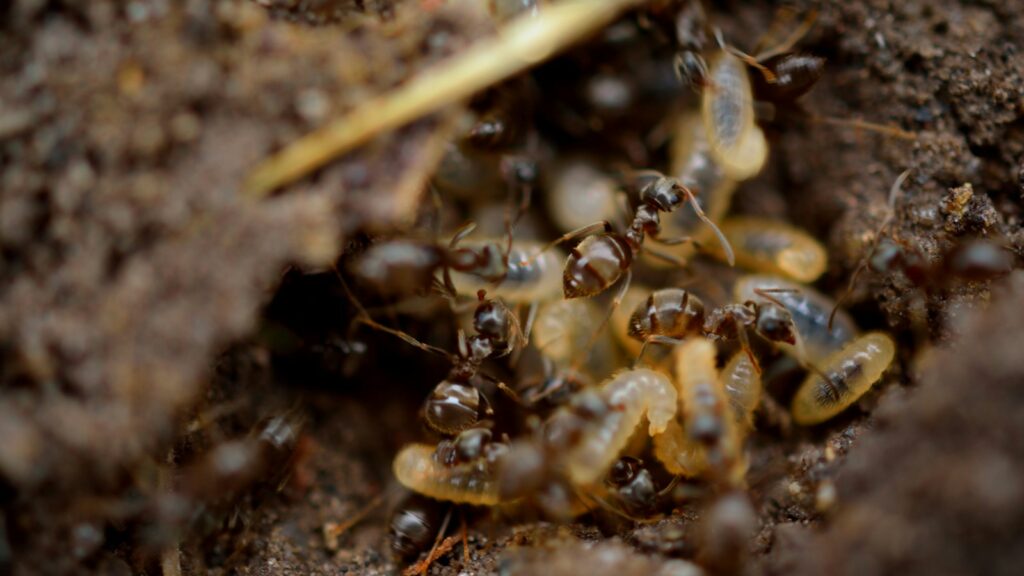When we think of architects, we generally picture humans in hard hats examining blueprints or designing buildings on computers. Yet some of the world’s most ingenious builders weigh mere grams and possess six legs. Insects have been crafting remarkable structures for millions of years, long before humans placed one stone upon another. These tiny architects create dwellings, traps, and nurseries that showcase extraordinary engineering principles, efficient use of materials, and surprising aesthetic qualities. From towers that withstand tropical downpours to underwater silk domes, the construction abilities of insects challenge our understanding of what small brains can accomplish. Let’s explore the fascinating world of insect architecture—where engineering meets evolution in the most unexpected ways.
The Master Masons: Termite Cathedrals
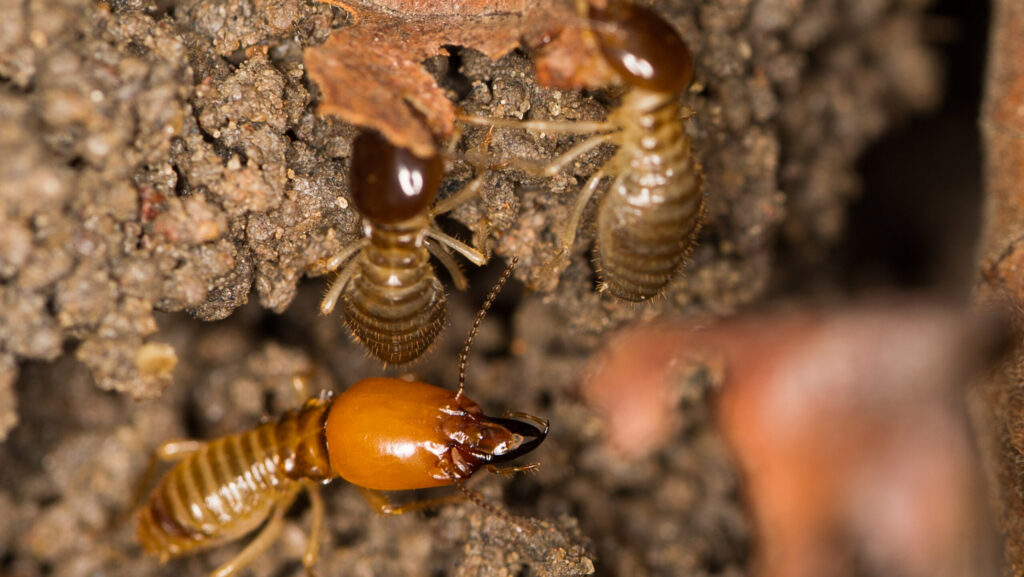
Termites stand as perhaps the most accomplished insect architects on our planet, creating structures that dwarf them in scale comparable to humans building something twice the size of Mount Everest. Species like Macrotermes natalensis construct towering mounds that can reach heights of 30 feet while housing millions of individuals in climate-controlled perfection. These termite cathedrals aren’t just large—they’re sophisticated environmental systems with complex ventilation channels that maintain consistent internal temperatures despite extreme external fluctuations. The architectural genius doesn’t stop at temperature regulation; the mounds include specialized chambers for fungal gardens, royal quarters for the queen and king, and nurseries for young termites. Perhaps most impressive is that these massive structures emerge from the collective action of tiny individuals following simple rules, with no central planning or blueprint—a phenomenon scientists call emergent intelligence.
Weavers in the Trees: Social Spiders’ Collaborative Webs
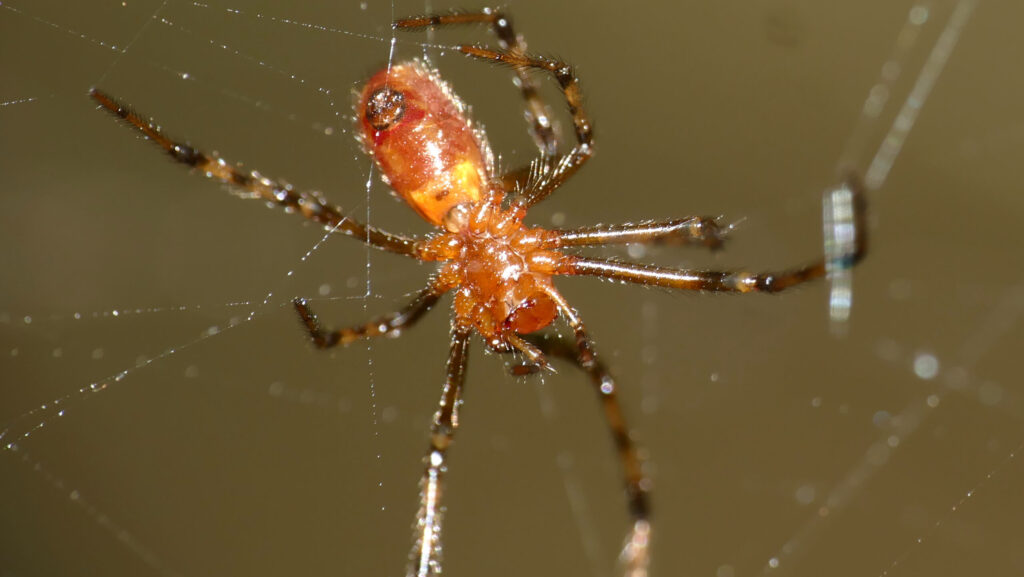
Though technically arachnids rather than insects, social spiders deserve mention for their remarkable communal constructions that challenge our understanding of spider behavior. Species like Anelosimus eximius in South America create sprawling web complexes that can span several meters and house thousands of individuals working cooperatively. Unlike the stereotypical solitary spider, these social arachnids collaborate to build sheet webs with specialized catching areas and retreat sections where the colony lives and raises young. The architectural sophistication lies not just in the physical structure but in its functional zoning—different areas serve distinct purposes from prey capture to nursery space. Researchers have found that these webs employ tension and support principles similar to those in human suspension structures, with anchor threads strategically placed to distribute weight and resist wind damage. Perhaps most fascinating is how these colonies coordinate construction without any leader, with each spider responding to local cues from neighbors and the evolving structure itself.
Paper Pioneers: The Geometric Nests of Wasps
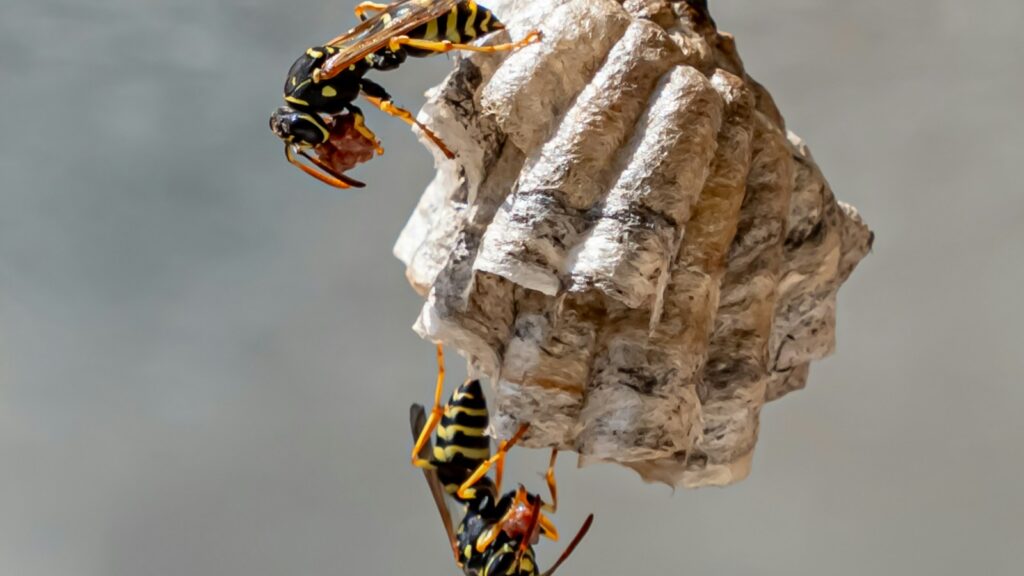
Paper wasps were manufacturing paper millennia before humans discovered the technique, creating elegant, geometric nests suspended from branches and eaves. Species like Polistes dominula construct their characteristic umbrella-shaped nests by harvesting wood fibers, chewing them into a pulp, and mixing them with saliva to create a water-resistant paper material. The architectural precision becomes evident in the perfectly hexagonal cells arranged in combs—a shape that maximizes structural strength while minimizing material use. These nests represent remarkable examples of modular construction, with wasps adding new cells as the colony grows, ensuring the structure remains balanced despite its suspended position. The paper itself deserves engineering recognition, as it contains oral secretions that make it surprisingly weatherproof and durable, allowing nests in protected locations to sometimes last multiple seasons in temperate climates.
Silk Submarines: The Underwater Domes of Diving Bell Spiders
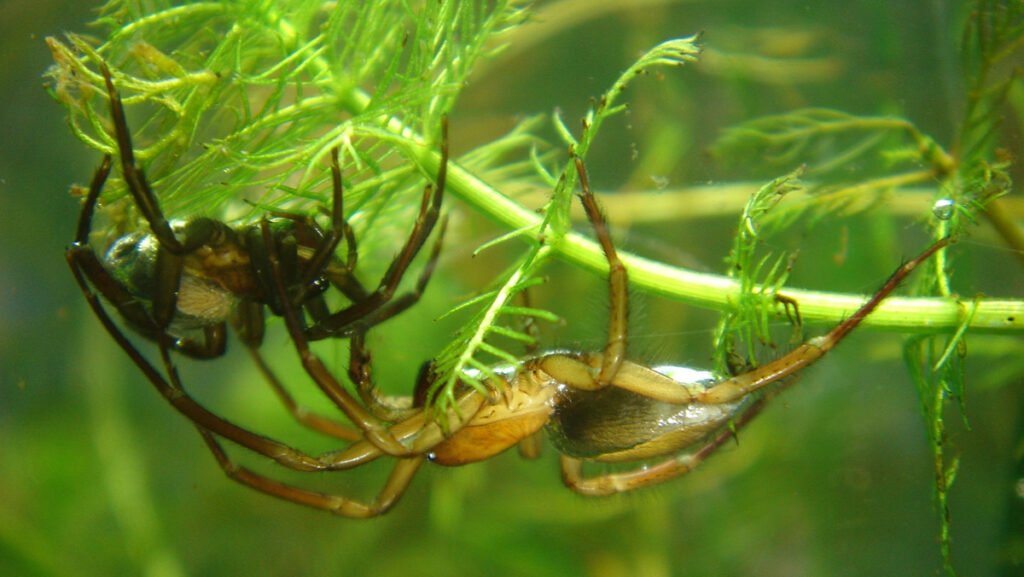
Argyroneta aquatica, the diving bell spider, constructs what might be the most surprising arthropod structure of all—an underwater silk home filled with air. These remarkable spiders build dome-shaped webs anchored to underwater plants, then transport air bubbles down from the surface, held against their specially adapted abdomens. The architectural marvel lies in the silk itself, which is hydrophobic and woven tightly enough to trap air while allowing gas exchange with the surrounding water, functioning as a physical gill. This underwater sanctuary serves as both home and hunting ground, with the spider sensing vibrations of prey through the dome’s walls. Perhaps most impressive is that these structures solve multiple engineering challenges simultaneously: maintaining structural integrity against water pressure, providing respiratory function, and creating camouflage against predators. The diving bell represents one of nature’s most innovative adaptations of building materials, turning silk—typically used in air—into an underwater life-support system.
Sand Castle Engineers: Ant Lions and Their Deadly Funnels
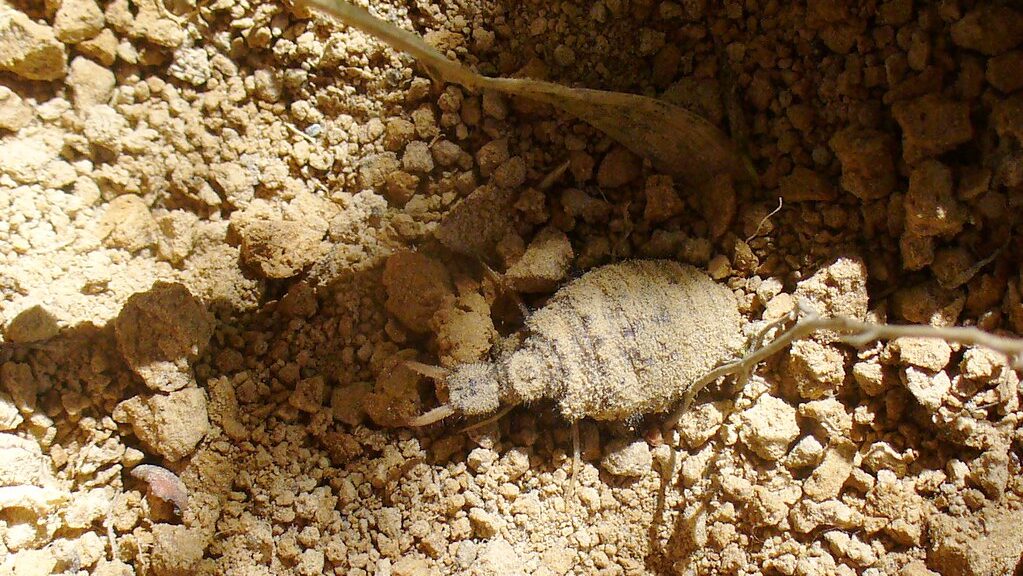
Ant lion larvae demonstrate that deadly architecture can emerge from the simplest of materials—sand. These predatory insects create perfectly conical pits in loose soil that function as sophisticated traps for ants and other small insects. The engineering precision lies in the carefully calibrated slope angle—steep enough that prey cannot easily escape, yet stable enough not to collapse under its own weight. Ant lions achieve this balance by spiraling backward while flicking sand outward, creating a cone with sides angled at precisely the critical angle of repose for that particular substrate. The trap’s effectiveness comes from its integration with the builder’s behavior—when prey stumbles into the pit, the shifting sand triggers the ant lion to flick more granules, creating mini-avalanches that tumble the victim down to waiting jaws. This remarkable example of behavioral architecture shows how simple actions can create structures with complex functional properties when shaped by evolutionary pressures.
Silk Road Architects: The Geometric Precision of Orb-Weaving Spiders

Orb-weaving spiders create what might be the most visually striking arthropod architecture—the classic spiral web that has become emblematic of spiders in human culture. Species like Araneus diadematus construct webs that represent engineering marvels, combining multiple types of silk with different mechanical properties into a unified structure. The architectural process follows precise sequences: first creating a frame of strong dragline silk, then laying radial supports, and finally spinning the sticky spiral capture threads. The geometry displays mathematical precision that has fascinated scientists, with spirals spaced to maximize prey capture efficiency while minimizing material use. What makes these structures even more remarkable is that many orb weavers consume and rebuild their webs daily, recycling up to 90% of the silk proteins and adjusting the design based on prey availability and environmental conditions. This combination of precision engineering, material science, and adaptive design has inspired numerous human innovations, from bullet-proof fabrics to tension-based construction techniques.
Living Fortresses: The Protective Structures of Caddisfly Larvae
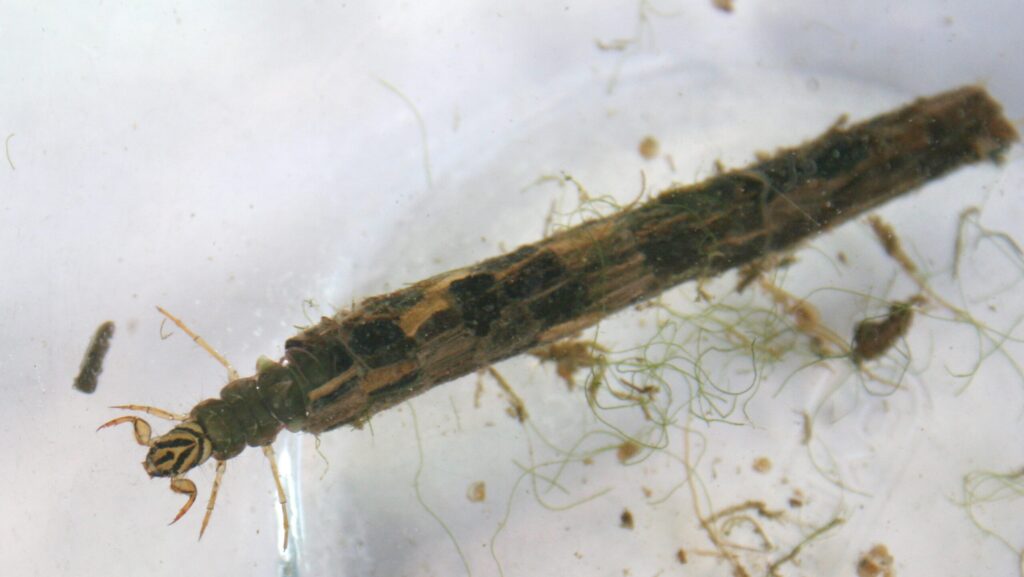
Caddisfly larvae demonstrate remarkable architectural adaptability by constructing portable protective cases from materials in their aquatic environments. These underwater architects select and attach small stones, sand grains, plant fragments, or tiny shells to their bodies using silk as mortar, creating mobile homes that protect their soft abdomens from predators. The engineering sophistication appears in how different species build cases optimized for their particular habitats—some create streamlined tubes that reduce water resistance in fast-flowing streams, while others construct flattened cases that prevent rolling in calm waters. Researchers have found these cases provide not just physical protection but also camouflage and ballast to help the larvae maintain position in currents. Perhaps most fascinating is how caddisflies demonstrate material selection skills, choosing components based on specific properties like weight, shape, and size, sometimes even preferring particular colored stones that blend with their surroundings—showcasing a form of animal architecture that incorporates environmental awareness.
Climate Control Experts: The Ventilated Mounds of Compass Termites
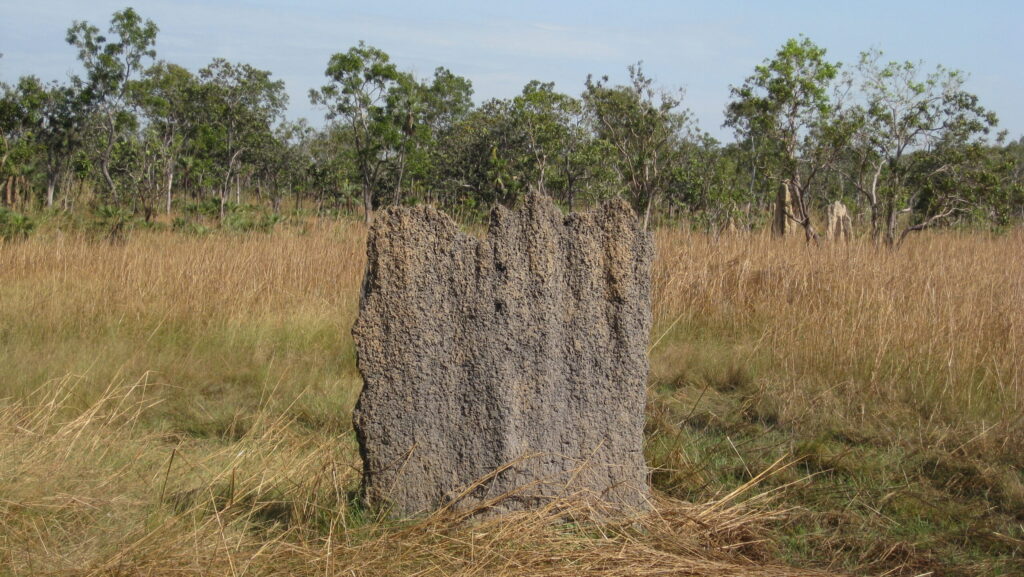
Compass termites (Amitermes meridionalis) of northern Australia construct mounds with a distinctive architectural feature—they’re thin, blade-like structures aligned precisely along a north-south axis. This orientation isn’t random but represents sophisticated passive climate control that regulates internal temperature. The thin profile facing east-west minimizes surface area exposed to intense midday sun, while maximizing exposure to gentler morning and afternoon rays. Inside these structures, engineers have discovered complex ventilation systems with chambers and channels that create convective air flows, drawing cooler air from the ground level while expelling hot air near the top. Temperature measurements show these architectural adaptations maintain internal conditions within 1-2 degrees of optimal despite external temperature swings of 30°C or more. What makes these structures even more remarkable is that they’re built by insects with brain volumes smaller than a pinhead, demonstrating how complex architectural solutions can emerge from relatively simple biological algorithms shaped by environmental pressures.
Silk Nurseries: The Protective Pouches of Bagworms

Bagworm moth larvae (Psychidae family) create some of the most distinctive portable architecture in the insect world—protective cases made from silk and environmental materials that serve as both home and camouflage. These remarkable structures begin as simple silk tubes but quickly incorporate bits of the host plant, forming protective shells that can be mistaken for natural parts of the vegetation. The architectural sophistication lies in how these cases allow the caterpillar to feed while remaining protected—the larva extends only its head and thoracic segments for movement and feeding, withdrawing completely when threatened. Different species show remarkable specialization in their architectural styles, with some creating spiral arrangements of twigs, others forming lattice-like structures from plant stems, and some desert species incorporating sand grains. Perhaps most impressive is how these structures expand as the larva grows, with the insect architect adding new materials to the opening while keeping the overall design balanced and functional throughout its development.
Underground Cities: The Complex Tunnel Networks of Ants

Ant colonies create some of the most extensive and complex underground architectural structures in the insect world, with species like Atta leaf-cutters excavating tunnel networks that can extend several meters deep and cover areas larger than an average human home. These underground cities feature specialized chambers for different functions—nurseries for developing larvae, storage rooms for food, farming chambers for their fungal crops, and even dedicated waste disposal areas. The engineering sophistication appears in the ventilation systems that maintain optimal humidity and temperature, with surface vents strategically positioned to create air circulation through convection currents. Research has revealed that these tunnel systems follow architectural principles that balance efficiency of movement with structural stability, creating networks similar to human-designed transportation systems but without centralized planning. Most remarkable is how millions of ants coordinate this construction through simple behavioral rules and chemical signals, demonstrating how complex architecture can emerge from collective intelligence distributed across many individuals.
Bubble Homes: The Underwater Architecture of Aquatic Insects
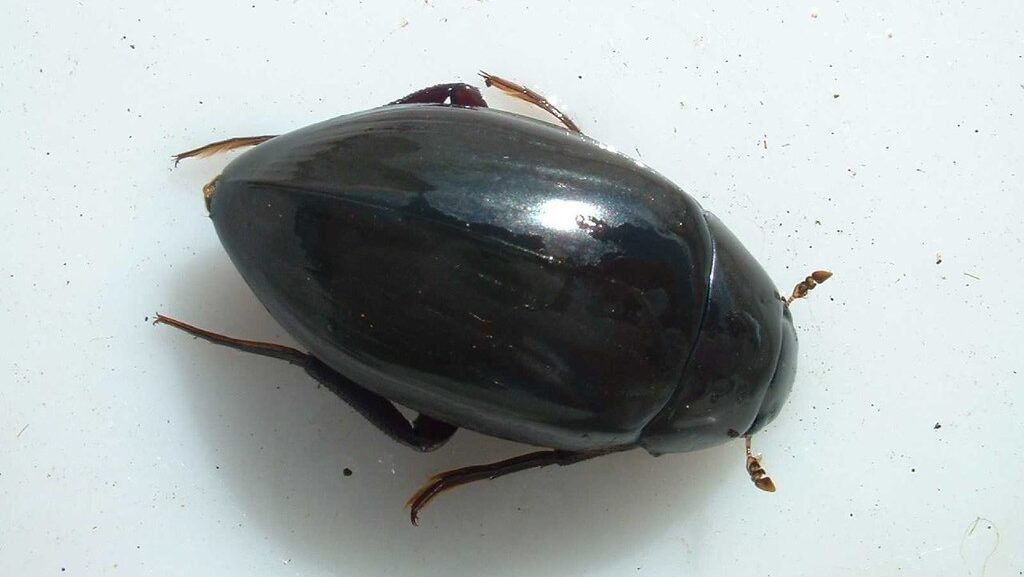
Several aquatic insects have evolved remarkable architectural solutions to the fundamental challenge of breathing underwater. The water spider (Argyroneta aquatica) constructs silk-reinforced air bubbles that function as underwater homes where they can breathe, mate, and raise young. These bubbles represent a fascinating intersection of architecture and physiology, as the silk walls allow oxygen from the water to diffuse in while preventing nitrogen from escaping, creating a physical gill. Similarly, predaceous diving beetles (Dytiscidae) carry air bubbles trapped against their bodies by hydrophobic hairs, creating portable breathing apparatus. Perhaps most ingenious are the structures created by some mosquito larvae, which build breathing tubes from surrounding materials that extend to the water’s surface, allowing them to breathe while remaining hidden below. These diverse approaches to underwater respiration show how architectural solutions can evolve to solve fundamental biological problems, with natural selection favoring structures that efficiently balance multiple functions—respiratory exchange, protection, and sometimes reproductive needs—all within the constraints of available building materials.
Master Carpenters: The Precision Tunnels of Wood Boring Beetles
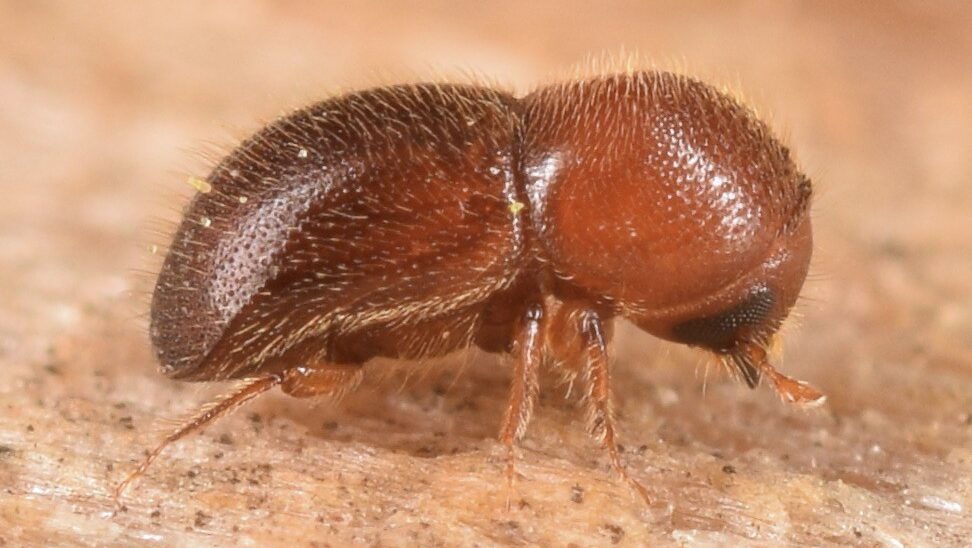
Wood boring beetles represent nature’s specialized carpenters, creating elaborate tunnel systems within woody plants that serve as both home and food source. Species like the ambrosia beetles (Scolytinae) engineer tunnel networks of remarkable precision, with main galleries and branching chambers following specific patterns that maximize efficiency while maintaining structural integrity of their wooden homes. The architectural sophistication appears in how different species create distinctive tunnel patterns—some excavate straight galleries with regular side chambers, others create branching systems, and some even cultivate fungal gardens in specialized chambers. Research has shown these tunnels often incorporate ventilation features and drainage systems that prevent flooding and maintain optimal humidity for developing larvae. Perhaps most striking is the precision of these structures, with tunnels sometimes following growth rings or grain patterns in ways that minimize structural damage to the wood while maximizing nutritional access—an architectural adaptation that balances immediate needs with long-term habitat stability.
Humans Learning from Insect Architects

The field of biomimicry has increasingly turned to insect architecture for inspiration in human design challenges, finding solutions refined by millions of years of evolution. Termite mounds have directly influenced the design of energy-efficient buildings, with architects like Mick Pearce creating structures like Zimbabwe’s Eastgate Centre, which maintains comfortable temperatures with just 10% of the energy used by conventional buildings of similar size. The material science of insect structures has led to innovations in recyclable and biodegradable building materials inspired by the paper-making techniques of wasps and the silk production of spiders. Urban planning and traffic flow optimization increasingly reference ant colony organization, which efficiently moves thousands of individuals through confined spaces without centralized control. Perhaps most promising is how studying these tiny architects has shifted human design philosophy toward seeing buildings not as static objects but as dynamic systems that respond to environmental conditions—a perspective that proves crucial as we face climate change challenges. The simple algorithms that allow colonies of insects with minimal brain power to create complex, functional structures may hold keys to more sustainable and adaptable human architecture in the future.
As we’ve explored the remarkable world of insect architects, we’ve discovered how these tiny creatures solve complex engineering problems with elegant simplicity. From temperature-regulating termite mounds to underwater silk domes, these structures represent millions of years of evolutionary refinement. What makes insect architecture particularly fascinating is how it emerges not from conscious design but from simple behavioral rules played out across colonies of individuals. In studying these builders, we gain insight not just into the marvels of natural engineering but also into different ways of approaching our own design challenges. Perhaps the most humbling lesson from these six-legged architects is that some of the most sophisticated solutions don’t require massive brains or complex technologies—just time, adaptation, and the cumulative power of relatively simple actions repeated across generations. As we face growing environmental challenges, these tiny builders may offer big inspiration for creating more sustainable, adaptive, and efficient human structures.

